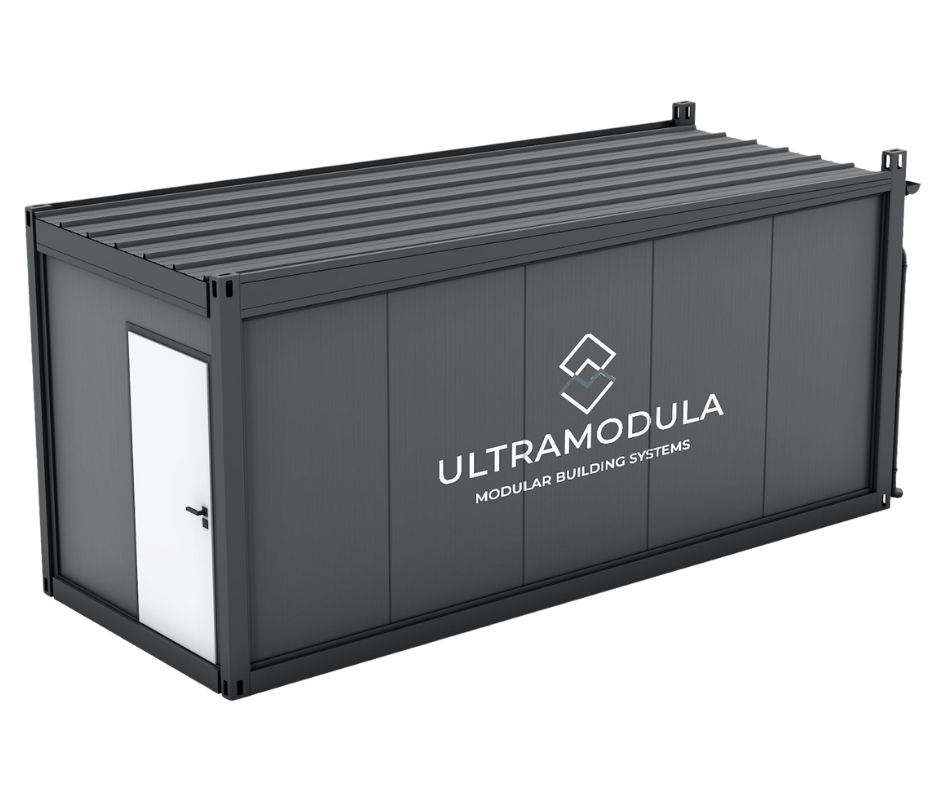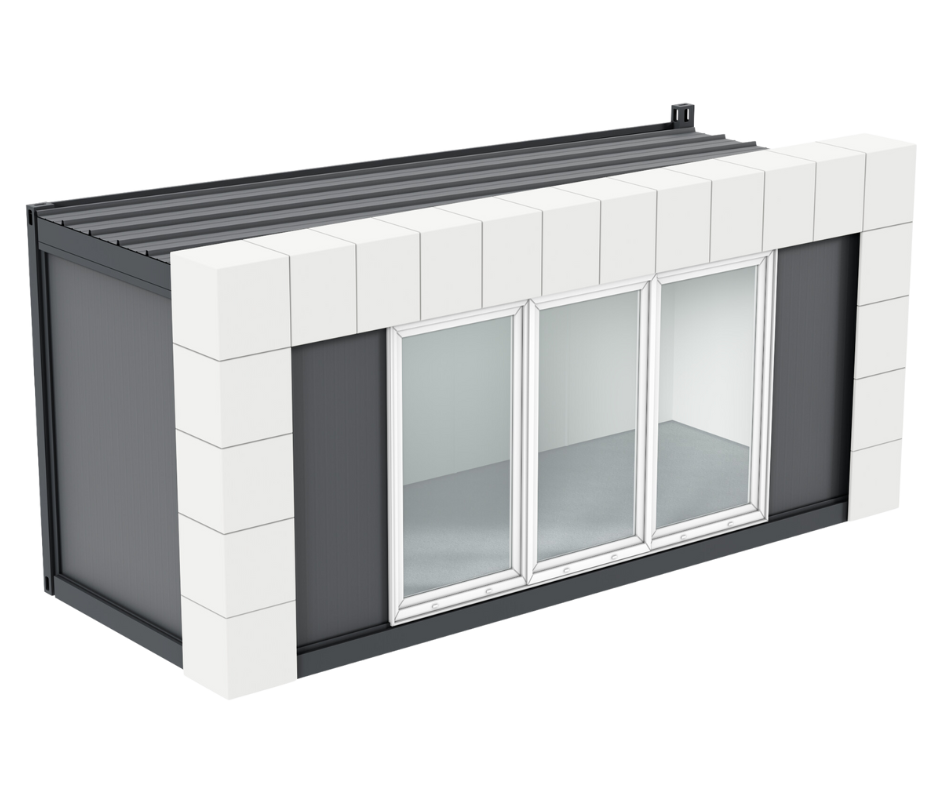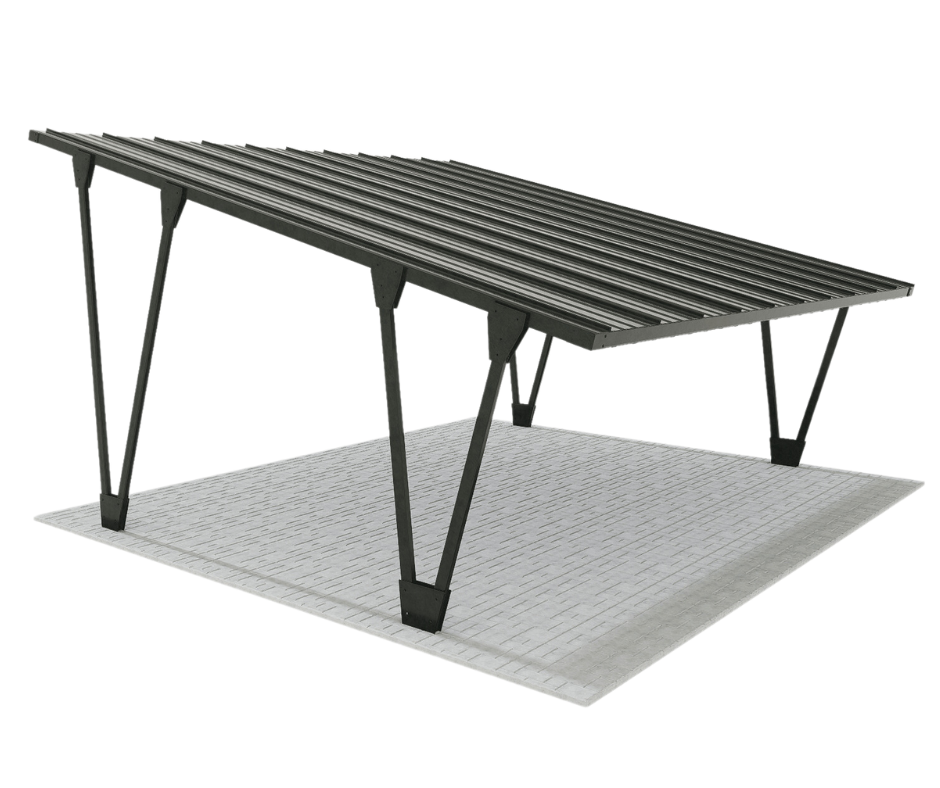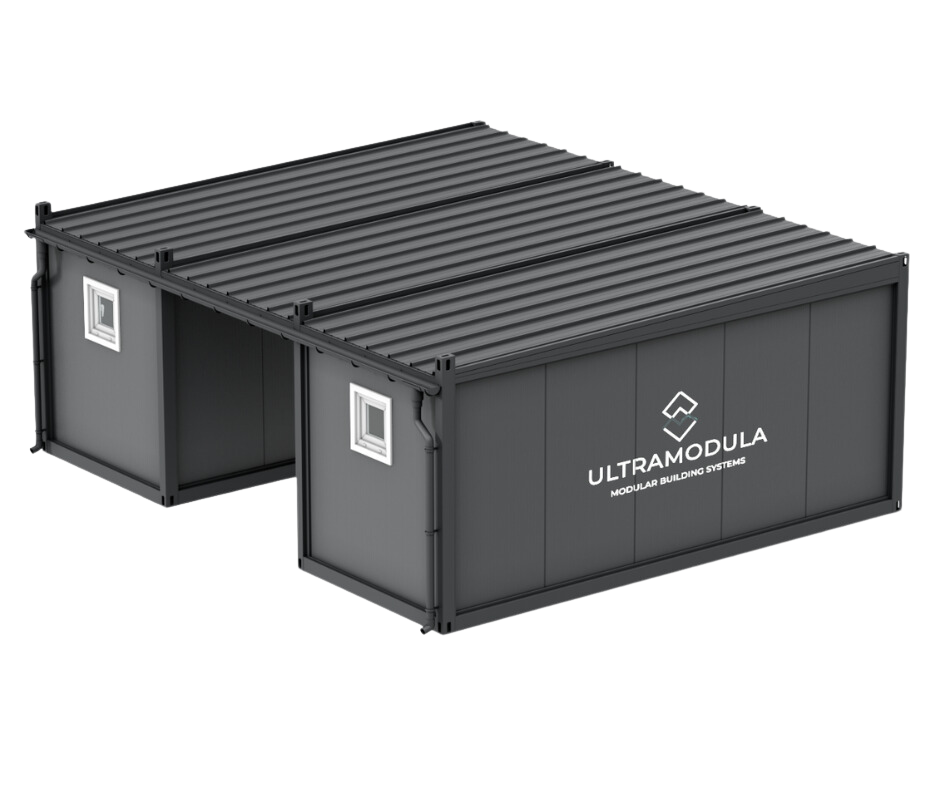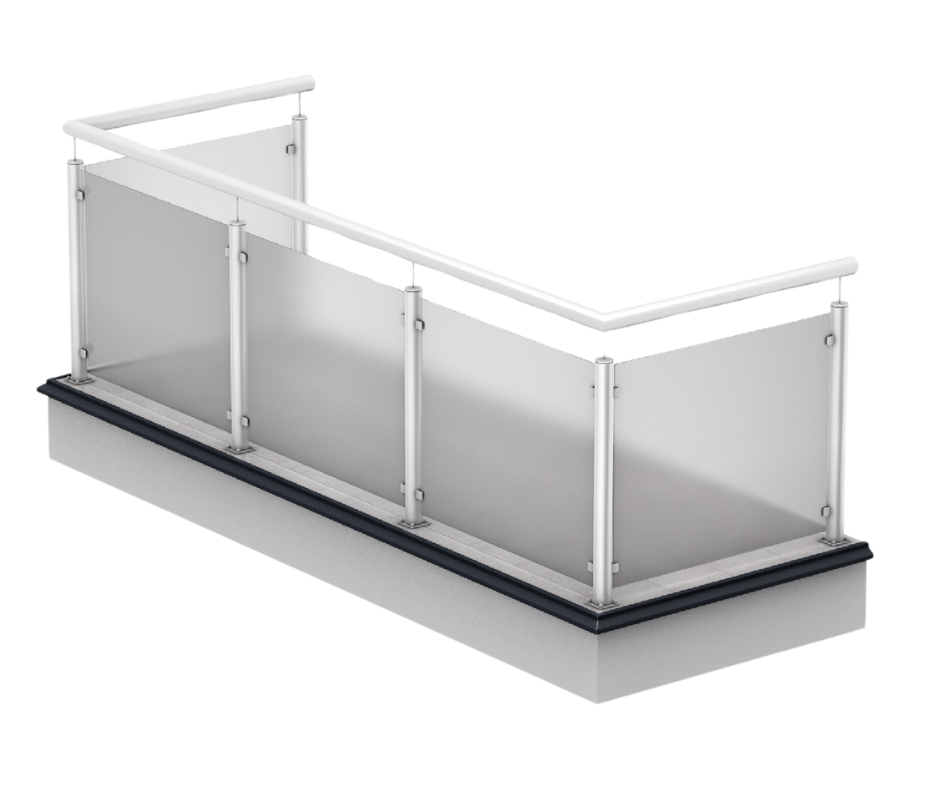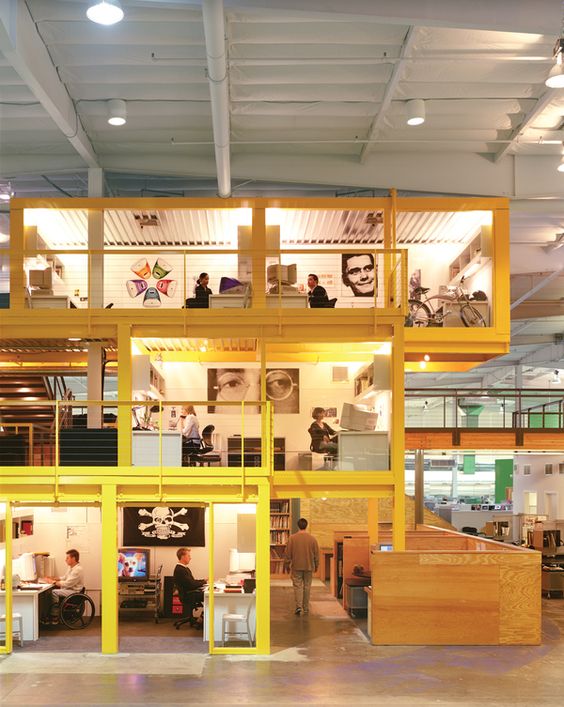Care for the environment, and therefore energy efficiency, are currently key elements of corporate social responsibility - sector container offices also does not remain indifferent to these issues. Both producers modular container solutions and office interior designers introduce various pro-ecological concepts to support companies and organizations in their sustainable development activities. Construction and form containers office space offers wide possibilities in this area, which translates into their increasing popularity. The most common solutions certainly include:
- use of environmentally friendly materials,
- energy-saving technologies,
- use of renewable energy sources,
- creating gardens on the roofs of container offices.
The design of office containers and ecology
When considering what ecological solutions are best for container offices, it is worth taking a closer look at the structure themselves containers. These objects are friendly to our planet because their production produces a minimum amount of waste and they can also be recycled. It is also worth emphasizing that materials used in their construction are in line with contemporary trends in sustainable construction, i.e.:
- using building materials that are least harmful to the environment (FSC-certified wood, recovered materials, concrete with low CO emissions)2, or metal);
- design and construction of facilities with the highest possible energy efficiency, which minimize energy consumption and greenhouse gas emissions;
- the use of recycled materials, as well as the design of buildings that are easy to dismantle and recycle at the end of their useful life;
- designing buildings that provide healthy and comfortable conditions thanks to the use of appropriate ventilation, air filtration, optimal lighting, acoustics and thermal comfort.
Base material: steel
Containers office units are based on a frame with standardized dimensions made of steel sheets. Steel is one of the commonly used materials in sustainable construction due to its durability and recyclability. Container walls consist of interchangeable panels, such as door, window or solid panels. These panels can be placed in various places, adapting to specific needs. For example, doors can be placed on the short or long side and the number of window panels can be adjusted according to intended use container.
Also the walls office containers they are made of steel, which makes them not only durable and resistant to all weather conditions, but also ecological thanks to the possibility of recovery.
Good insulation – energy savings
Office containers supplied by renowned manufacturers, they are characterized by excellent insulation and effective acoustic insulation. The insulation process commonly uses mineral wool, which does not have a harmful impact on the environment, unlike materials such as polystyrene. The recommended thickness of the wool layer is approximately 100 mm and should always be combined with a vapor barrier foil. Just as important as insulation walls, there is adequate thermal protection of the roof, because heat escapes from building most often it takes place at the top. In the case of the roof, mineral wool and foil are also used. Proper insulation plays a key role in ensuring thermal comfort inside the building. Thanks to her, in winter office it stays warm and the temperature is pleasant in summer, eliminating the unpleasant feeling of heat.
However, that's not all - the better the structure is insulated, the less heat loss and the less energy is needed for heating. offices. This translates into specific energy savings, both budgetary and ecological. Lower energy consumption means a smaller carbon footprint.
Renewable energy sources - an ecological solution for container offices
The use of renewable energy is one of the ecological solutions that brings real savings. In this case, it is important to carefully consider the selection of the appropriate installation. By deciding on container office from a proven manufacturer, we are sure of support in this field. Experienced experts are able to provide professional advice, carry out a valuation and prepare an optimal design. What are the most frequently used renewable energy sources in container buildings?
Photovoltaics
Solar panels are one of the most common and most frequently chosen sources of renewable energy for container offices. Thanks to such panels, it is possible to convert solar energy into electricity, powering the entire structure of the building, regardless of its size. This ecological solution works well both in the case of a small single-module office and large complexes built from a dozen or even several dozen containers.
It is worth noting that solar panels are easy to install and take up little space, which is especially beneficial for smaller container facilities. The flexibility and scalability of this solution enable the installation's power to be adjusted to individual energy needs. Good quality solar panels are characterized by high durability and their maintenance is not demanding. Even in the event of a breakdown, repair is usually easy and inexpensive, which translates into lower maintenance costs. Additionally, the panels do not emit harmful substances into the atmosphere, which makes them a very environmentally friendly choice. Their use contributes to a significant reduction in carbon dioxide emissions and air pollution, thus supporting environmental protection activities.
Wind turbines
Wind turbines represent a less obvious but promising choice as a source of renewable energy for container offices. Modern turbines are characterized by efficiency and can be installed both on container roofs and on special masts.
They work by converting wind energy into electricity, which allows buildings to be powered by electricity. Using wind turbines as an energy source brings significant savings. It is worth remembering that maintaining their high efficiency requires regular maintenance, which involves additional costs.
Using wind energy has many advantages. Firstly, it is an extremely clean energy source that does not generate carbon dioxide emissions or other harmful substances. Secondly, wind is available virtually everywhere, which makes wind turbines a potential energy solution in various areas, not only those with high sunlight. Wind turbines (unlike solar panels) can produce energy even at night or on a cloudy day, because the wind does not depend on the time of day or the level of cloud cover.
Geothermal energy
Geothermal energy is a less common but equally advanced technology. It is based on the effective use of thermal energy coming from inside the earth, transforming it into electricity capable of powering various buildings, including container offices. This solution is distinguished not only by high efficiency, but also by reliability, which guarantees constant and uninterrupted power supply. Moreover, geothermal energy is an extremely ecological energy source that does not emit any pollutants, which in turn supports the protection of the natural environment.
Increasingly, geothermal energy is considered an attractive alternative to traditional energy sources, such as coal or gas. Its high efficiency and reliability contribute to a significant reduction in carbon dioxide emissions into the atmosphere, which is a key element in the global fight against climate change.
Green roofs, i.e. a garden in a container office
The most important issue when creating a garden or any green space on the roof office container there is an appropriately solid construction. It is necessary to use high-quality materials that ensure the durability and strength of the container - this depends primarily on the thickness of the sheet metal and sections. It should be remembered that the structure must cope not only with the weight of the soil with plants, but also with the stored water used for watering. The appropriate supporting structure should be made of solid cold-bent sections. Reputable manufacturers usually use 4 mm thick material.
The second, equally important aspect enabling the creation of gardens on roofs is the tightness of both the roof and the walls. Only proper insulation guarantees that moisture from plants and the ground will not penetrate the interior of the office. The use of high-quality trapezoidal sheet metal of appropriate thickness along with an insulating layer of wool and foil is the key to meeting this requirement.
Benefits of green roofs
Creating green spaces on the roofs of container offices is not only a modern architectural trend, but also an ecological solution that brings benefits to both employees and the environment. First and foremost, these gardens improve air quality. They effectively filter pollutants and absorb carbon dioxide, especially when composed of appropriate plants. They are also a habitat for pollinating insects, supporting biodiversity.
Roof gardens in container offices also have economic benefits by improving the building's thermal insulation. Vegetation acts as natural insulation, which can reduce energy costs for heating or cooling your office, ultimately helping to reduce greenhouse gas emissions.
Interestingly, garden it also has its social dimension. The presence of nature has proven benefits for employees' mental and physical health, contributing to relaxation, stress reduction and improved overall quality of life. Green space also promotes employee creativity and productivity, constituting a unique element of the office's image.
The future is ecological solutions
In the context of the future of container offices (and not only), energy savings and ecological innovations become the foundation for many activities. This evolution is not just a temporary trend, but rather an expression of the transformation of business culture, where sustainable development is a key element of every company's strategy. In order to achieve this goal, it is necessary to constantly look for new ways to minimize the negative impact on the environment, also through properly designed office buildings. Using renewable energy sources, using appropriate materials, and introducing plants into offices are just some of the options that can be implemented in container offices.


